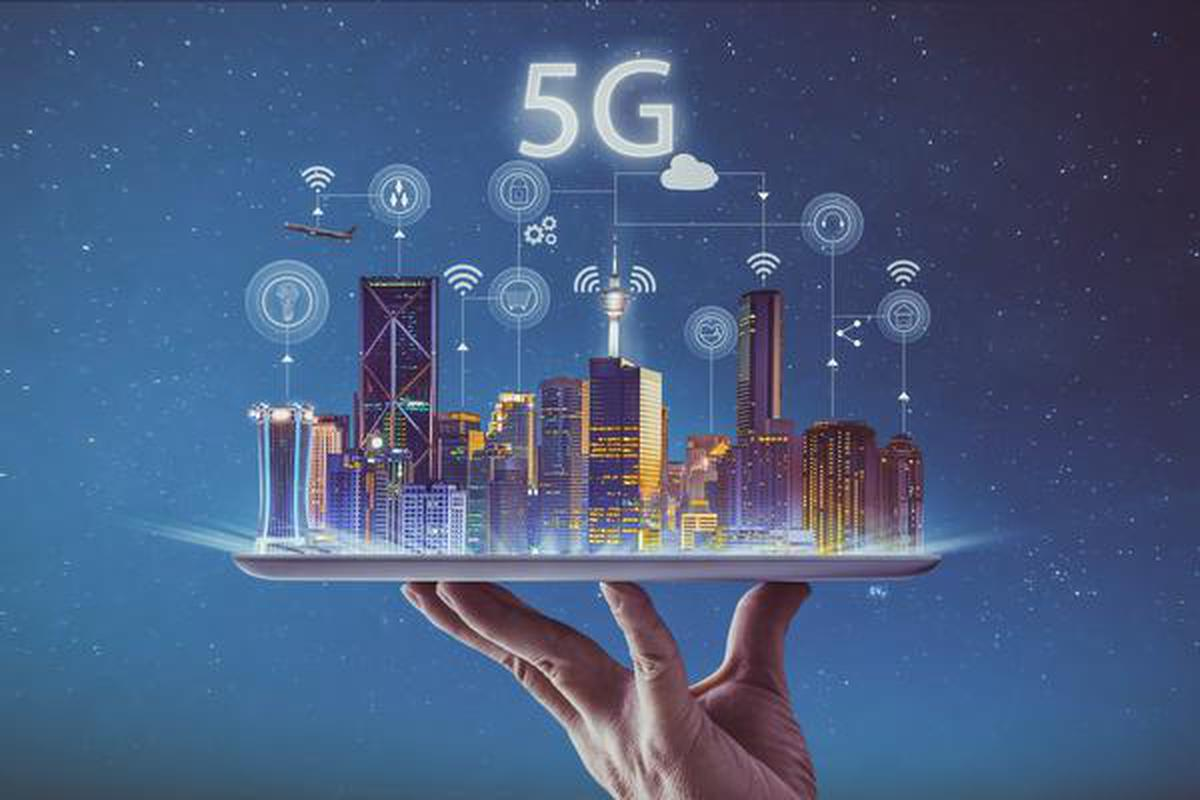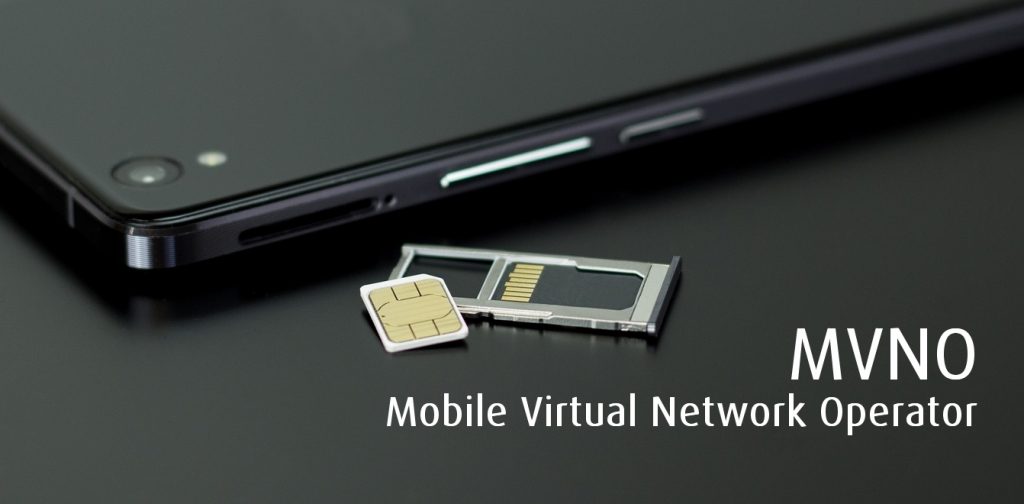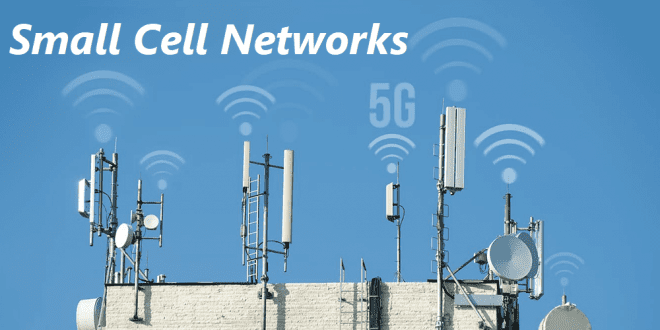Small Cell Networks
Small cell networks play a critical role in delivering high-speed connectivity and expanding the coverage of 5G networks. This section explores the concept of small cell networks in the context of 5G, their deployment strategies, benefits, challenges, and practical applications.
Understanding Small Cell
Understanding Small Cell Networks in 5G Small cells are low-power base stations that cover smaller geographic areas compared to traditional macrocells. They serve as an essential component of 5G infrastructure, complementing macrocells to enhance network capacity, improve coverage in dense urban areas, and provide seamless connectivity in high-demand locations.
Small cells come in various forms, including femtocells, picocells, and microcells. Femtocells are typically used in homes or small businesses, while picocells and microcells are deployed in public spaces, shopping centers, stadiums, and other high-traffic areas.
Deployment Strategies and Considerations
- Densification: Small cell networks rely on a strategy called network densification, which involves deploying a large number of small cells in close proximity to meet the increasing demand for capacity and coverage. By increasing the density of base stations, network operators can provide better service quality and higher data rates.
- Heterogeneous Networks (HetNets): HetNets combine various cell sizes, including macrocells and small cells, to create a seamless and efficient network. This approach optimizes network performance by dynamically allocating resources and ensuring a smooth handover between different cell types.
- Backhaul Solutions: Small cells require a reliable backhaul connection to transport data between the small cell and the core network. Backhaul options include fiber optic connections, wireless backhaul solutions, or a combination of both, depending on the deployment scenario and available infrastructure.

Benefits of Small Cells for Enhanced Capacity and Coverage
- Increased Network Capacity: Small cells enable network operators to offload traffic from macrocells, resulting in enhanced capacity and reduced congestion. By distributing the load across a dense network of small cells, operators can cater to the growing demand for data-intensive applications and services.
- Improved Coverage in Urban Areas: Dense urban environments often experience coverage challenges due to physical obstructions and high user density. Small cell networks address this issue by deploying base stations closer to users, ensuring better signal strength and reliable connectivity in urban canyons and indoor environments.
- Seamless Mobility: Small cells facilitate smooth handovers between cells, ensuring uninterrupted connectivity and seamless mobility for users moving within the network coverage area. This is especially critical for applications like autonomous vehicles and public transportation systems.
Challenges in Implementing Small Cell Networks While small cell networks offer significant advantages, several challenges need to be addressed during their implementation
- Site Acquisition and Permitting: Deploying a large number of small cells requires obtaining the necessary permits and approvals for site acquisition, which can be time-consuming and involve negotiations with local authorities and property owners.
- Power and Backhaul Connectivity: Small cells require power and backhaul connectivity, which may require additional infrastructure and coordination with utility providers. Ensuring reliable power supply and sufficient backhaul capacity is crucial for small cell deployment.
- Interference and Coexistence: The dense deployment of small cells in close proximity can lead to interference and coexistence challenges. Proper planning, frequency coordination, and interference management techniques are essential to mitigate these issues.

Small Cell Backhaul Solutions Backhaul connectivity is a critical aspect of small cell networks. Several solutions are utilized for small cell backhaul
- Fiber Optic Connections: Fiber optic cables provide high-capacity, low-latency connectivity, making them an ideal choice for small cell backhaul. Fiber connections can be deployed underground or overhead, depending on the deployment environment.
- Wireless Backhaul: In scenarios where fiber connectivity is challenging or costly, wireless backhaul solutions such as point-to-point microwave links or millimeter wave wireless links can be used. These solutions offer flexibility and rapid deployment, albeit with lower capacities compared to fiber.
- Hybrid Approaches: Hybrid backhaul solutions combine fiber and wireless connectivity to leverage the advantages of both technologies. Hybrid approaches provide the benefits of fiber while offering flexibility and cost-efficiency in areas where wired connections are not feasible.
Success Stories and Practical Applications Small cell networks have been successfully deployed and have proven their effectiveness in various use cases
- Urban Environments: Small cells deployed in urban areas enhance network capacity, provide reliable coverage, and support data-intensive applications such as video streaming, mobile gaming, and augmented reality.
- Stadiums and Venues: Small cells deployed in stadiums and event venues ensure robust connectivity for large crowds, enabling seamless mobile experiences, real-time social media engagement, and location-based services.
- Indoor Deployments: Small cells installed in indoor environments like shopping malls, airports, and office buildings offer reliable coverage and capacity for users inside these spaces, enhancing user experience and enabling indoor navigation and personalized services.
- Rural Connectivity: Small cell networks are instrumental in bridging the digital divide in rural areas. By deploying small cells in underserved regions, network operators can extend coverage, provide broadband connectivity, and enable access to educational and healthcare services.
In conclusion, small cell networks are a crucial component of 5G infrastructure, enabling enhanced capacity, improved coverage, and seamless connectivity. With network densification, heterogeneous networks, and proper backhaul solutions, small cells address the challenges posed by high user density and demand for data-intensive applications. By deploying small cells strategically, network operators can deliver the promise of 5G connectivity, unlocking new possibilities for industries, urban environments, indoor spaces, and rural areas alike.
By Abdul W Moghul
 MVNO MVNE MNO Mobile & Telecoms industry intelligence Telecoms Jobs, News and Business
MVNO MVNE MNO Mobile & Telecoms industry intelligence Telecoms Jobs, News and Business






